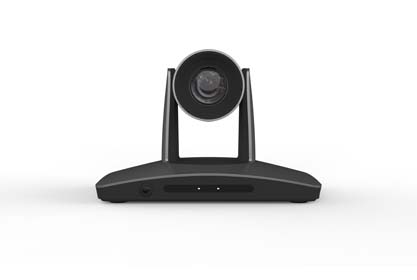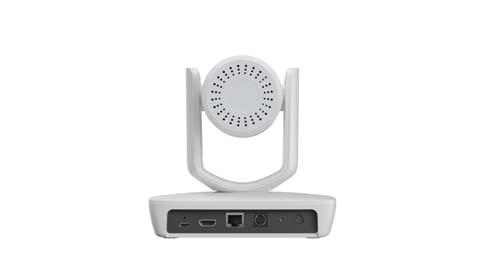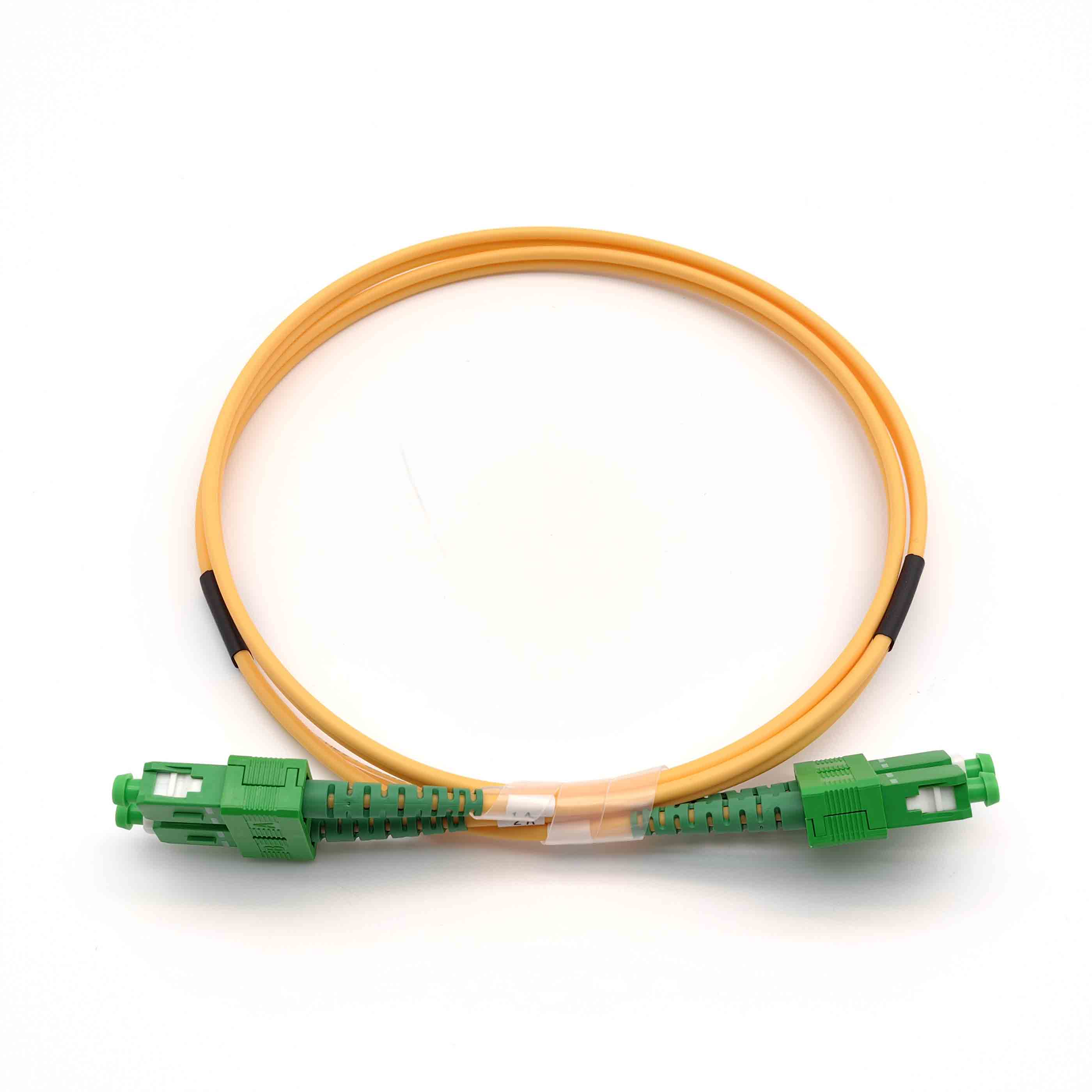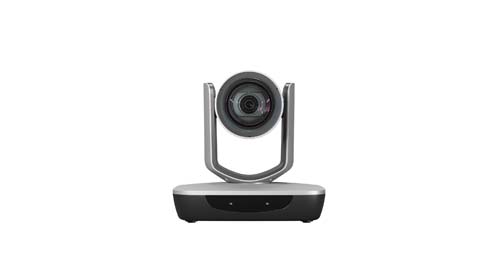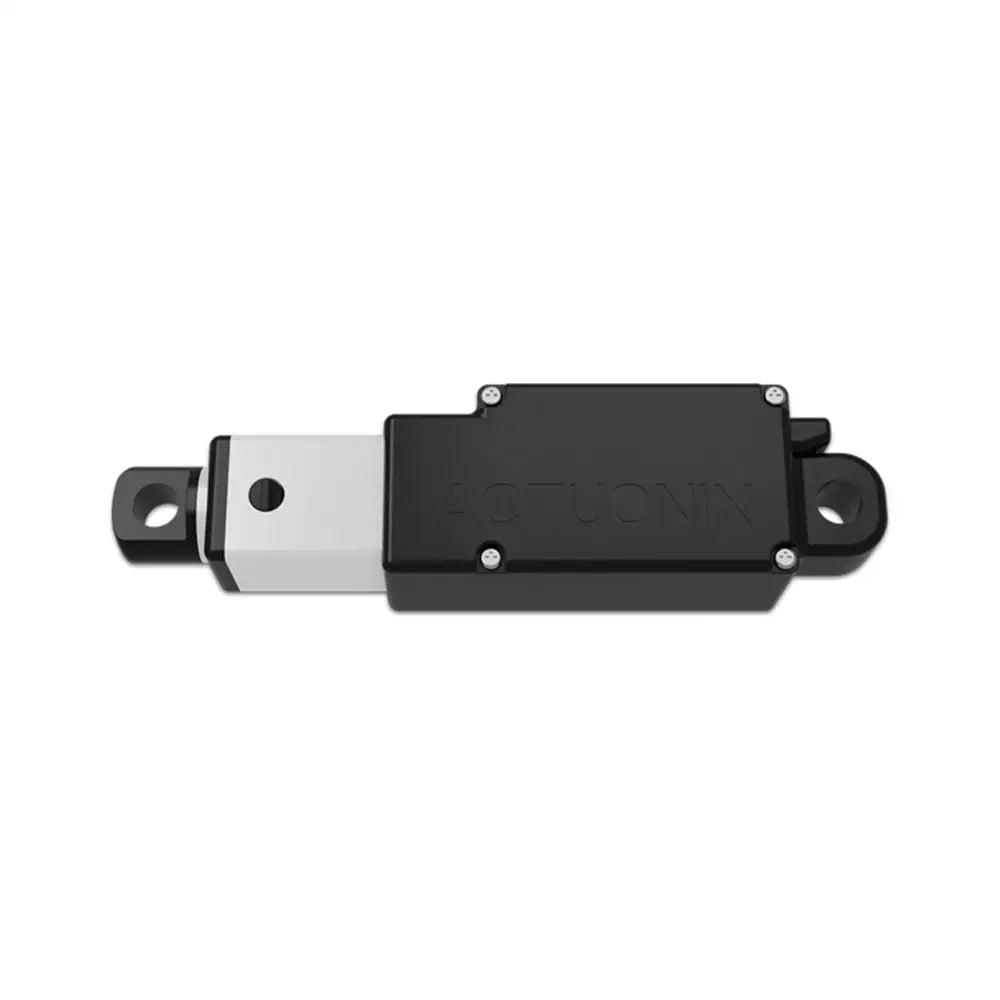The Role of Gears in Improving Efficiency for CNC Machines
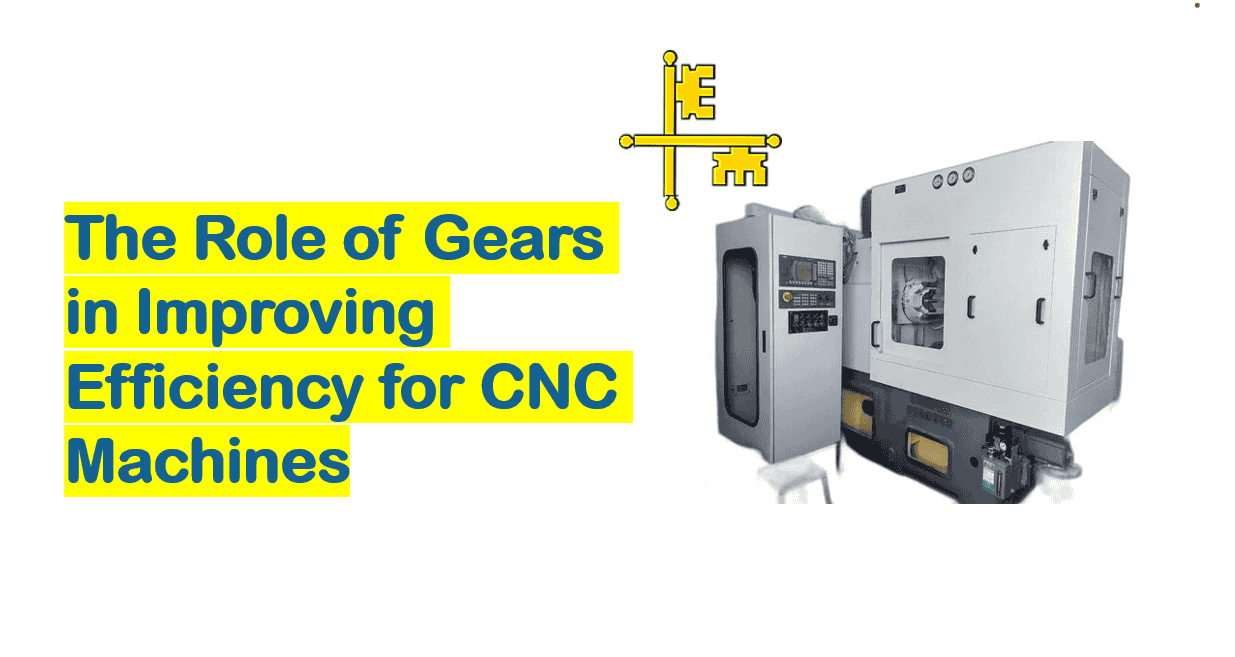
The Role of Gears in Improving Efficiency for CNC Machines
In the ever-evolving world of manufacturing, efficiency is a key driver in ensuring productivity and reducing operational costs. CNC (Computer Numerical Control) machines, essential for precision manufacturing, rely heavily on gears to achieve optimal performance and accuracy. Gears for CNC machines are integral components that play a critical role in enhancing operational efficiency, allowing machines to perform complex tasks with precision and speed.
This article delves into the significance of gears in CNC machines, focusing on how CNC machine gear solutions improve gear efficiency CNC, ultimately boosting overall machine performance.
Table of Contents
- Introduction
- Understanding Gears in CNC Machines
- Importance of Gears for CNC Machines
- Innovations in CNC Machine Gear Solutions
- Conclusion
Understanding Gears in CNC Machines
Gears are mechanical devices that transfer motion and torque between machine components. In CNC machines, they are primarily used to control the movement of machine axes, manage the rotation of spindles, and adjust speeds during cutting or milling operations. The efficiency and precision of a CNC machine depend largely on the quality of its gears.
A gear system typically consists of two or more interlocking gears that function together to transmit rotary motion from one part to another. The gear ratio determines the movement speed and torque transfer, while the gear type—such as spur, helical, bevel, or planetary gears—affects the overall performance, noise levels, and operational life of the CNC machine.
Importance of Gears for CNC Machines
- Precision and Accuracy
The primary role of gears in CNC machines is to ensure high precision during operations. CNC machines are used to fabricate components with tight tolerances, and any deviation in gear performance can lead to inaccuracies in the final product. High-quality gears that are manufactured with precision help in maintaining the correct positioning of the machine's axes, ensuring that cutting tools move in a highly controlled manner. This translates into accurate cuts, reduced material waste, and superior product quality.
- Torque and Speed Control
Gears play a significant role in controlling the torque and speed of CNC machine components. CNC machine gear solutions enable the optimization of the machine's motor to achieve the required speed for different tasks. By adjusting the gear ratios, the CNC machine can operate efficiently at different speeds while maintaining the necessary torque to perform cutting, milling, and drilling operations.
For example, during a heavy machining task, a lower gear ratio might be used to provide higher torque, whereas, for high-speed operations, a higher gear ratio would be employed. This ability to adjust speed and torque optimally results in a more efficient operation, saving both energy and time.
- Reduced Wear and Tear
Efficiency in gear performance directly influences the longevity and maintenance of CNC machines. High-quality, well-designed gears reduce friction and wear, minimizing the need for frequent repairs and replacements. When gears are engineered to handle the high demands of CNC operations, they contribute to smoother machine operation, which leads to less downtime for maintenance and better cost-effectiveness over time.
The use of high-performance materials such as hardened steel, titanium, and composite materials for gears can also enhance durability, ensuring that the gears can withstand the intense pressure and forces involved in CNC machining.
- Energy Efficiency
CNC machines consume substantial amounts of energy, especially when running continuously for long hours. One of the key aspects of improving efficiency in CNC machines is optimizing the energy consumption, and gears play a crucial role in this process. CNC machine gear solutions can be tailored to reduce energy consumption by using advanced gear designs that minimize friction and mechanical losses.
When gears are properly designed and maintained, the machine requires less energy to perform the same tasks, which leads to reduced operational costs. Over time, this can result in significant savings in energy bills, particularly in industries where CNC machines are in use for long production cycles.
- Noise Reduction
Another advantage of optimizing gears for CNC machines is the reduction in operational noise. Noisy machines can be disruptive in manufacturing environments and may even lead to compliance issues in industries that enforce strict noise level regulations. Gears with helical or planetary configurations, for instance, operate more smoothly and quietly compared to traditional spur gears. This smooth operation not only reduces noise but also ensures that the machine runs with minimal vibration, enhancing overall stability and precision.
Innovations in CNC Machine Gear Solutions
The demand for increased efficiency and precision in CNC machines has driven significant innovation in gear design and technology. Some of the latest developments in CNC machine gear solutions include:
-
High-Performance Coatings: The introduction of advanced coatings such as diamond-like carbon (DLC) has improved the wear resistance and longevity of CNC machine gears. These coatings reduce friction and enhance the overall efficiency of the gears, leading to more reliable performance over time.
-
3D Printed Gears: Additive manufacturing has opened up new possibilities for producing gears with complex geometries that traditional machining methods cannot achieve. 3D-printed gears can be optimized for weight, size, and strength, offering a cost-effective solution for prototype development or low-volume production runs.
-
Smart Gears: In an age where IoT (Internet of Things) is becoming more prevalent, smart gears are emerging as part of CNC machines. These gears are embedded with sensors that monitor performance in real-time, providing data that can be used to predict maintenance needs and prevent breakdowns. This technology enables predictive maintenance and helps in achieving continuous optimization of the machine's efficiency.
Conclusion
The role of gears in improving efficiency for CNC machines cannot be overstated. From ensuring precise movements and controlling torque to reducing energy consumption and extending machine life, gears are at the heart of every CNC machine's operation. With advancements in CNC machine gear solutions, the manufacturing industry can continue to push the boundaries of productivity, precision, and cost-effectiveness.
Manufacturers who invest in high-quality gears for CNC machines and focus on optimizing gear efficiency CNC can expect a significant return on investment through improved operational performance, reduced maintenance costs, and enhanced product quality. As technology continues to advance, the role of gears in CNC machines will only become more critical, further solidifying their place as essential components in the world of modern manufacturing.
Related Products
Here are some statistics and facts that can complement the article on the role of gears in improving efficiency for CNC machines:
-
CNC Machines and Precision Manufacturing:
- CNC machines can achieve precision levels of up to 0.0001 inches (0.0025mm), which is essential for industries like aerospace, automotive, and medical device manufacturing.
- In 2021, the global CNC machine market was valued at approximately $76 billion and is expected to grow at a 6.9% CAGR (Compound Annual Growth Rate) between 2022 and 2030. This growth is driven by advancements in CNC technologies, including gear optimization.
-
Gear Efficiency in CNC Machines:
- Gear efficiency in CNC machines can range from 85% to 98%, depending on the type of gears used (e.g., helical gears tend to have higher efficiency than spur gears).
- Properly designed gears can reduce mechanical losses and improve energy efficiency by as much as 30% compared to poorly designed or outdated gear systems.
-
Energy Savings with Optimal Gear Solutions:
- By using high-quality gears and gear systems, CNC machines can reduce energy consumption by up to 15%, contributing to lower operational costs and enhanced sustainability in manufacturing operations.
- Energy-efficient gear solutions are critical in industries where machines run for long hours, such as in metalworking, where CNC machines may operate continuously for 12 to 24 hours a day.
-
Maintenance and Durability:
- High-quality gears reduce wear and tear, which is crucial in extending the lifespan of CNC machines. Proper gear maintenance can lead to a 50% reduction in downtime caused by mechanical failures.
- The average lifespan of CNC machine components like gears can range from 5 to 10 years, but with the use of advanced materials and coatings, this lifespan can be extended significantly.
-
Noise Reduction:
- CNC machines with optimized gear systems can reduce operational noise by up to 10 decibels compared to standard models. Quieter operation is especially beneficial in industries where noise regulations are stringent.
- Studies show that over 60% of mechanical noise in CNC machines is caused by poorly aligned or inefficient gears.
-
3D Printed Gears:
- The use of 3D printing for gears in CNC machines has grown in popularity, with some reports estimating that the global 3D printing market for industrial applications, including gear production, could reach $25 billion by 2030.
- 3D printing allows for the creation of complex gear geometries that traditional manufacturing methods can't achieve, reducing production time and costs, especially in prototyping and small-batch production.
